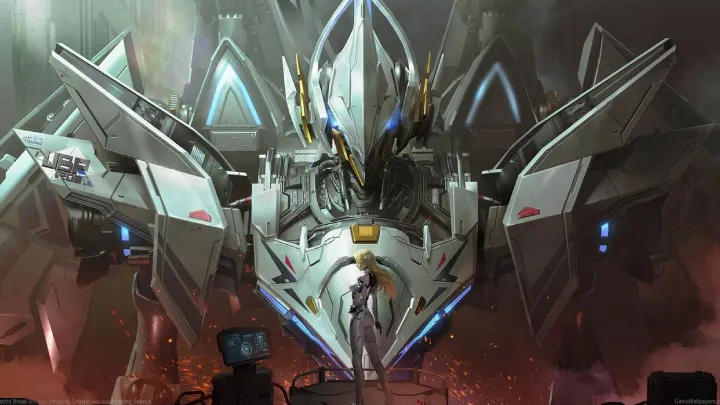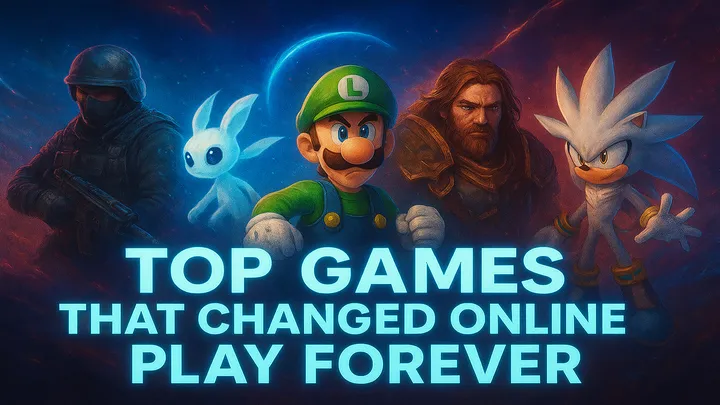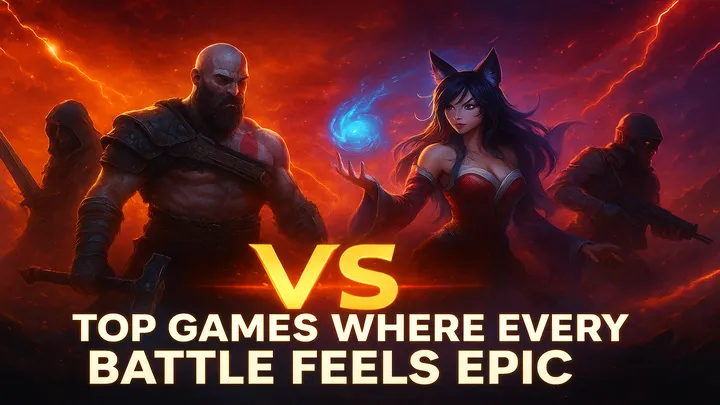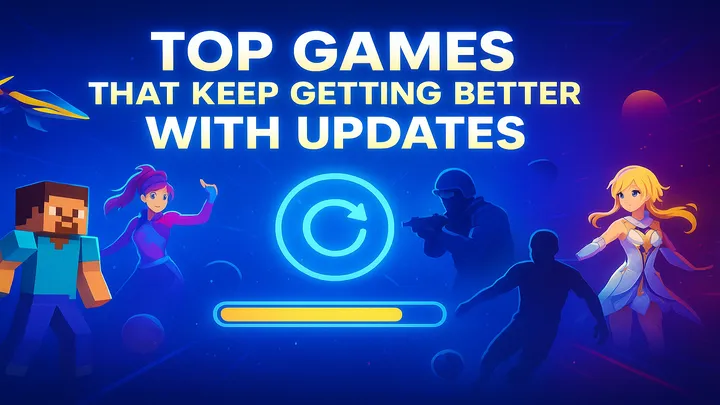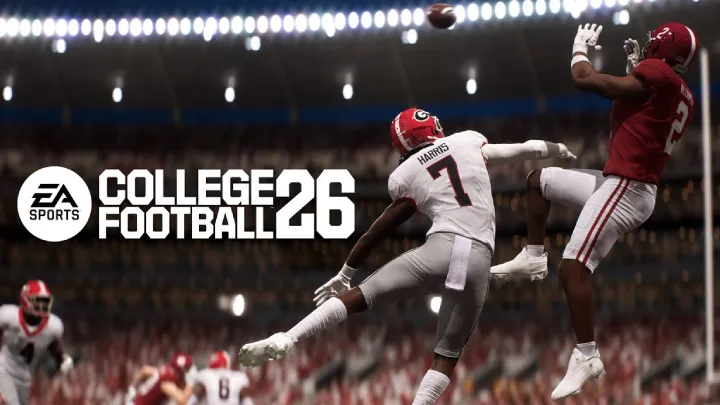Introduction
Fatal Fury: City of the Wolves marks a significant return for one of SNK’s most iconic franchises. While fans are thrilled with the revival, the game has sparked deep discussions surrounding its combat rhythm system—the intricate pacing, flow, and timing that separate casual button-mashing from high-level competitive play. This issue defines the game’s identity: how to balance accessibility for newcomers with the demanding technical mastery expected by veterans. In this article, we will dive deeply into this issue, tracing its history, evolution, and the player experience over time.
The First Hours – Feeling the Weight of the Rhythm

When players first enter Fatal Fury: City of the Wolves, they are immediately struck by the deliberate pacing of combat. Unlike many modern fighters that prioritize speed and flashy combos, Fatal Fury demands patience and observation.
Beginners quickly realize that button-spamming doesn’t work. Each attack has weight, recovery frames matter, and spacing determines victory. Early frustrations often arise because the rhythm feels slower than expected, but once players learn to read the tempo, the game opens up in complexity.
Historical Roots of Fatal Fury’s Combat Flow
The combat rhythm of City of the Wolves isn’t new; it has roots in earlier Fatal Fury and Garou: Mark of the Wolves titles. SNK always designed its fighters around a “dance-like” flow of approach, retreat, and precise timing.
H3: Evolution from Past Titles
- Fatal Fury introduced lane-switching, giving combat a unique flow.
- Garou emphasized footsies and timing, influencing modern pacing.
- City of the Wolves combines these traditions with new mechanics for today’s audience.
By respecting its heritage, City of the Wolves maintains the franchise’s identity while updating mechanics for modern esports standards.
Learning the Beat – Newcomer Challenges
One of the biggest issues for new players is adapting to the combat rhythm. Unlike accessible fighters with auto-combos or simplified inputs, Fatal Fury asks players to internalize timing.
H4: Common Struggles for Beginners
- Misjudging recovery frames and leaving openings.
- Overcommitting to unsafe attacks.
- Struggling to find the “beat” of the neutral game.
This steep learning curve frustrates casual players but also creates a sense of achievement when mastered.
Character-Specific Rhythms
Each character in City of the Wolves carries a unique rhythm. Terry Bogard embodies steady, controlled aggression, while Rock Howard thrives on sharp transitions between defense and offense.
H3: Examples of Character Rhythms
- Terry Bogard: A balanced, measured rhythm suited for beginners.
- Rock Howard: Unpredictable tempo, rewarding advanced reads.
- New Fighters: Introduce varied cadences, from fast flurries to slow power strikes.
These differences mean players aren’t just learning the game’s rhythm but also adjusting to the tempo of their chosen fighter.
Competitive Play – Rhythm as a Mind Game
At high levels of play, rhythm becomes psychological warfare. Top players don’t simply execute combos—they manipulate tempo to throw opponents off balance.
H4: Tactical Uses of Rhythm in Matches
- Deliberately delaying attacks to bait responses.
- Using defensive pauses to reset momentum.
- Switching between fast and slow rhythms to disorient opponents.
This mental layer elevates City of the Wolves from a mechanical fighter to a strategic battlefield.
Training Mode and Rhythm Mastery
Training mode plays a crucial role in teaching rhythm. Fatal Fury’s developers implemented frame data displays, rhythm guides, and input history tracking, allowing players to refine timing.
However, some critics argue the tutorials remain too surface-level. While they introduce mechanics, they don’t fully teach the “feel” of rhythm—something that only comes through hours of play and sparring.
The Esports Scene – Rhythm as a Spectator Experience
Esports thrives on spectacle, and rhythm greatly affects watchability. Games with chaotic, unreadable pacing can confuse viewers, but Fatal Fury’s rhythm-driven combat offers clarity.
Spectators can see the “dance” between fighters: cautious footwork, sudden bursts of aggression, and precise punishes. However, slower pacing risks losing casual audiences used to the nonstop speed of other fighters. The community debates whether this deliberate tempo will help or hinder the game’s long-term esports popularity.
Balancing Accessibility with Depth
SNK faces the challenge of balancing rhythm for both casual and competitive audiences. Simplified systems, like auto-inputs, could risk alienating veterans, while leaving the rhythm entirely untouched risks scaring away newcomers.
H3: Possible Solutions
- Dynamic Tutorials: Teaching rhythm through interactive lessons.
- Casual Modes: Smoother pacing for non-competitive players.
- Ranked Adjustments: Keeping core rhythm intact for tournaments.
This balance will define whether City of the Wolves can thrive beyond its hardcore fanbase.
Community Reactions – Divided but Passionate
The player base has been vocal about rhythm. Some praise the game for staying true to SNK’s roots, arguing that the unique pacing sets it apart in a crowded fighting game market. Others feel the steep rhythm curve could hold the game back in sales and accessibility.
Fan forums often describe the experience as “learning to hear the music of the fight.” Those who embrace it become devoted, while others drift away in frustration.
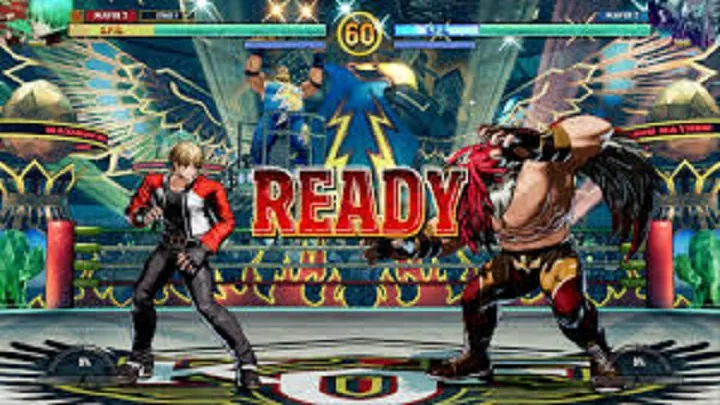
Conclusion – The Future of Combat Rhythm in Fatal Fury
Fatal Fury: City of the Wolves is more than a fighting game revival—it’s a bold reassertion of rhythm as the soul of combat. By making timing, pacing, and flow central to its design, the game challenges players to go beyond button presses and enter a strategic dance.
The rhythm system is not without flaws. It risks alienating newcomers and slowing the esports spectacle. Yet, for those willing to learn its beat, it offers one of the most rewarding combat experiences in modern fighting games. Whether this approach will help Fatal Fury carve a lasting niche in the competitive scene remains to be seen, but its unique rhythm ensures it will never be forgotten.








